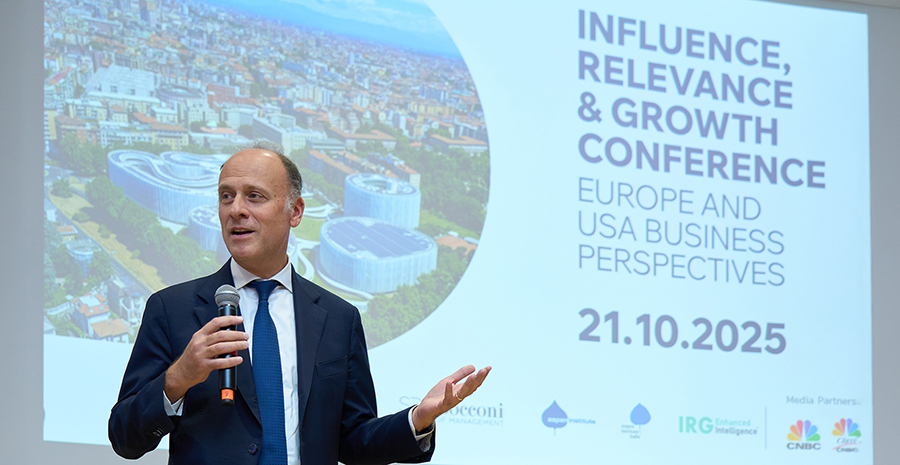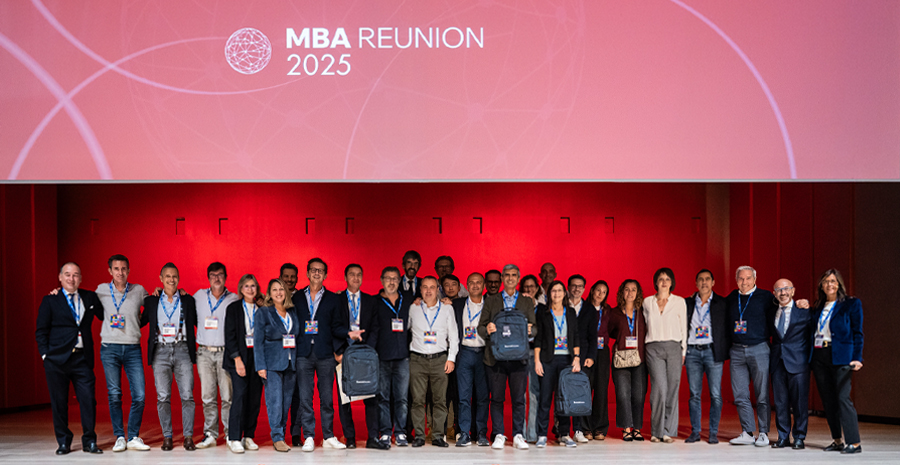
- Start date
- Duration
- Format
- Language
- 30 Oct 2025
- 4,5 days
- Class
- Italian
by Alfonso Gambardella, Director of "Strategic innovation in the digital era" and SDA professor of Management and Technology.
Collaboration between producers and users is good for both, as it helps firmsmake their productsmore competitive, improving society’swellbeing in return. That is why policies favoring open innovation are alwaysworth it.
In the first chapter of the “Wealth of Nations,” Adam Smith, the founding father of economics, felt the need to state that “… all the improvements in machinery, however, have by no means been the inventions of those who had occasion to use the machines.” According to Adam Smith, improvements were also made by the “makers of machines.” He could then develop his argument that specialization in “making the machines” was the essence of division of labor. In fact, the word “however” suggests that he was contradicting the common experience of his readers, which was that inventions were typically made by the users of machines.
Today we have come a long way since Adam Smith. The specialization that he predicted has taken place on a large scale, and the makers of machines produce many innovations. However, and it is now my turn to use the word “however,” not only have the users made many innovations, but the rise of new technologies has improved their ability to make these innovations. Computer-aided design and manufacturing (CADCAM), the miniaturization of powerful technologies (e.g. computers) or manufacturing tools (e.g. 3D printers) have improved users’ ability to design their objects, technologies (e.g. software), or ideas. Moreover, the web has enabled users to communicate and share among themselves ideas, technologies, and designs on a large scale, giving further impetus to innovation. Examples abound. Lego has realized that users were able to create original objects, and has helped to found communities of users from which they license new ideas of Lego toys or designs. Arduino, an open source chip maker, nurtures a community of users that runs projects that improve and spread its technologies. Facebook has launched the Open Compute Project in which companies and individuals share new technologies for making efficient hardware and data centers. These communities are extensive, and survey data indicate that individual consumers who tinker and innovate with their products reach the number of a few million in countries like the UK, the US, and Japan. Of course, the quality and quantity of user contributions to innovation is even larger if we consider the innovations of user firms. Open collaborations between users and producers has now become a diffused mode of innovation. But how does it compare to the closed innovation mode that permeated the 20th century? The upside of openness is that firms benefit from the ideas and contributions of others.
The downside is that they cannot prevent others from using their ideas. Christina Raasch, Eric von Hippel, and I developed a paper, “The user innovation paradigm: Impacts on markets and welfare“ that shows that when the community of users that contribute to the innovation is large enough, the inputs that firms receive from participating in an open innovation project justify the loss implied by the fact that users can adopt these ideas to produce competing products. In more recent research we show that the same applies to open projects in which both users and competitor firms participate. A large open community produces a larger cake, and the share that each firm enjoys can be larger than the entire cake that each firm can produce by itself. In addition, the paper shows that society benefits from openness because it produces more innovations than the closed model. It also shows that policies that support open collaborations encourage this opportunity, while policies that provide incentives for the traditional research investments of firms encourage them to go back to the closed mode. These incentives create good profits, but the closed innovation mode that ensues indicates that society enjoys fewer innovations and less o fa benefit.
Source: ViaSarfatti25


Understanding the global political landscape, and developing strategies that are adaptable to the ever-changing nature of global politics.

The program equips you with tools to identify your team's strengths and challenges, adapting your leadership style to enhance team effectiveness.

